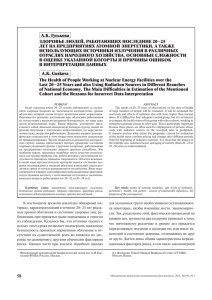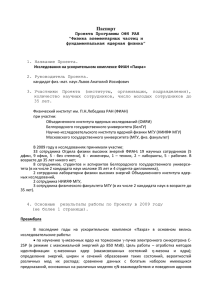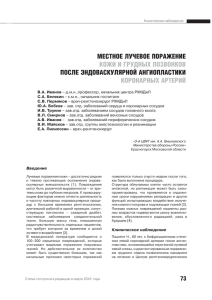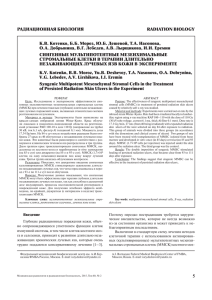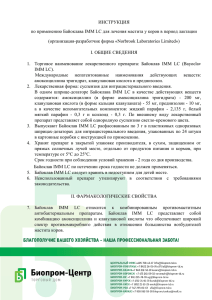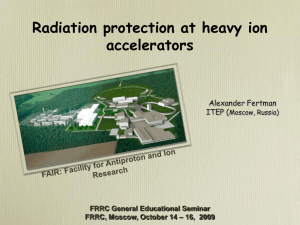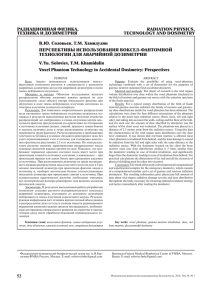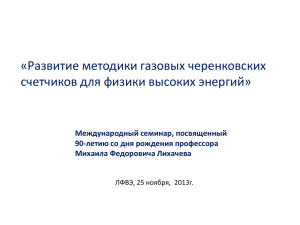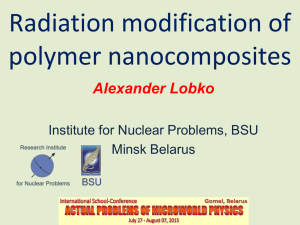Thesis_Yanenko
реклама
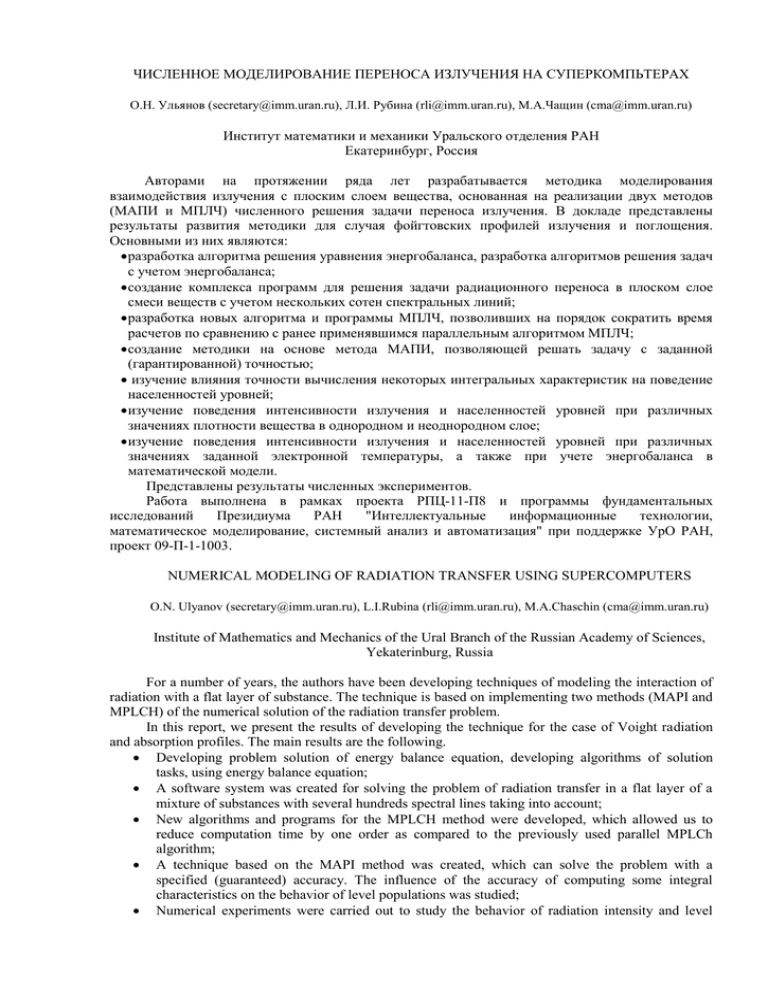
ЧИСЛЕННОЕ МОДЕЛИРОВАНИЕ ПЕРЕНОСА ИЗЛУЧЕНИЯ НА СУПЕРКОМПЬТЕРАХ О.Н. Ульянов (secretary@imm.uran.ru), Л.И. Рубина (rli@imm.uran.ru), М.А.Чащин (cma@imm.uran.ru) Институт математики и механики Уральского отделения РАН Екатеринбург, Россия Авторами на протяжении ряда лет разрабатывается методика моделирования взаимодействия излучения с плоским слоем вещества, основанная на реализации двух методов (МАПИ и МПЛЧ) численного решения задачи переноса излучения. В докладе представлены результаты развития методики для случая фойгтовских профилей излучения и поглощения. Основными из них являются: разработка алгоритма решения уравнения энергобаланса, разработка алгоритмов решения задач с учетом энергобаланса; создание комплекса программ для решения задачи радиационного переноса в плоском слое смеси веществ с учетом нескольких сотен спектральных линий; разработка новых алгоритма и программы МПЛЧ, позволивших на порядок сократить время расчетов по сравнению с ранее применявшимся параллельным алгоритмом МПЛЧ; создание методики на основе метода МАПИ, позволяющей решать задачу с заданной (гарантированной) точностью; изучение влияния точности вычисления некоторых интегральных характеристик на поведение населенностей уровней; изучение поведения интенсивности излучения и населенностей уровней при различных значениях плотности вещества в однородном и неоднородном слое; изучение поведения интенсивности излучения и населенностей уровней при различных значениях заданной электронной температуры, а также при учете энергобаланса в математической модели. Представлены результаты численных экспериментов. Работа выполнена в рамках проекта РПЦ-11-П8 и программы фундаментальных исследований Президиума РАН "Интеллектуальные информационные технологии, математическое моделирование, системный анализ и автоматизация" при поддержке УрО РАН, проект 09-П-1-1003. NUMERICAL MODELING OF RADIATION TRANSFER USING SUPERCOMPUTERS O.N. Ulyanov (secretary@imm.uran.ru), L.I.Rubina (rli@imm.uran.ru), M.A.Chaschin (cma@imm.uran.ru) Institute of Mathematics and Mechanics of the Ural Branch of the Russian Academy of Sciences, Yekaterinburg, Russia For a number of years, the authors have been developing techniques of modeling the interaction of radiation with a flat layer of substance. The technique is based on implementing two methods (MAPI and MPLCH) of the numerical solution of the radiation transfer problem. In this report, we present the results of developing the technique for the case of Voight radiation and absorption profiles. The main results are the following. Developing problem solution of energy balance equation, developing algorithms of solution tasks, using energy balance equation; A software system was created for solving the problem of radiation transfer in a flat layer of a mixture of substances with several hundreds spectral lines taking into account; New algorithms and programs for the MPLCH method were developed, which allowed us to reduce computation time by one order as compared to the previously used parallel MPLCh algorithm; A technique based on the MAPI method was created, which can solve the problem with a specified (guaranteed) accuracy. The influence of the accuracy of computing some integral characteristics on the behavior of level populations was studied; Numerical experiments were carried out to study the behavior of radiation intensity and level populations for various values of substance density in a homogeneous and homogeneousness layer; Numerical experiments were carried out to study the behavior of radiation intensity and level populations for various values of the given electron temperature, and taking into account energy balance. The results of numerical experiments are presented. This work was supported by RPP-11-P8 and by the Program for Fundamental Researches, which is implemented at Presidium of the Russian Academy of Sciences ”Intellectual information technology, mathematical models, system analysis and automation” and the Ural Branch of the Russian Academy of Sciences, project 09-P-1-1003.
